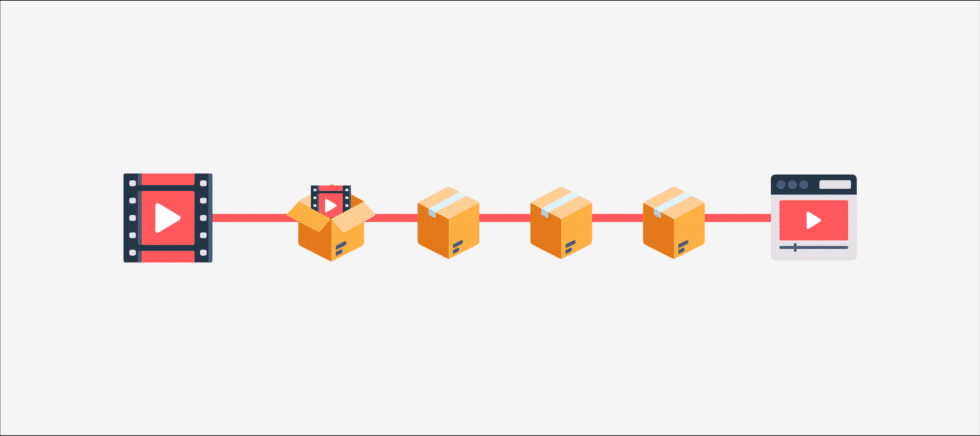
What is HLS Streaming?
HTTP Livestreaming (HLS) is a media streaming protocol for delivering video content to audiences over the Internet. Streaming protocols determine which video format, codecs, and transport methods are used for video delivery. The HLS protocol is currently the most popular streaming format, with widespread support by web browsers, video players, smartphones, laptops, smart TVs, and more.
Best Livestreaming Equipment
Discover what top-rated equipment we recommend adding to your church streaming toolkit.
Download for free!
Who Created the HLS Protocol?
Apple launched HLS in 2009 largely because users were experiencing streaming issues when iPhones switched between Wi-Fi and mobile network connections. The protocol was also meant to be a replacement for older technologies like RTMP and Flash. While HLS was initially supported by Apple devices, the protocol has since been adopted by HTML5 video players, Microsoft devices, Android, and more.
Does HLS Support H.264 & H.265
HLS supports videos encoded with the H.264 to H.265 video codecs. These are widely used video compression standards that reduce the data requirements to achieve more efficient transmission. HLS originally only supported MPEG-2 Transport Stream (TS) containers, but since then the protocol added support for fragmented MP4 (fMP4). Unlike MPEG-DASH and other streaming protocols, HLS isn’t as flexible in the codecs and container formats it supports.
How Does HLS Streaming Work?
Since HLS is an HTTP-based protocol, the protocol breaks down videos into short chunks or segments that are progressively downloaded by video players. Since this data is transferred as standard HTTP traffic rather than UDP, it can more easily pass through firewalls and proxy servers as well. That also means the content can be streamed from traditional HTTP servers or content delivery networks (CDNs).
HLS and ABS
The HLS protocol also supports adaptive bitrate streaming (ABS), which is a technique for adjusting a video stream’s bitrate in real-time based on playback conditions. HLS creates a manifest file called an m3u8 playlist that describes the segments and bitrates available. Video players analyze this file when selecting the optimal bitrate for the viewer’s specific device and network. This helps broadcasters reduce buffering and other interruptions while still offering high quality streaming options to their audiences.
What’s the Latency of the HLS?
While HLS is widely compatible and delivers high-quality streams, latency was an issue in the past. In fact, the latency or delay with the standard HLS protocol is often 15-30 seconds for livestreams. That’s why Apple introduced a low latency HLS specification that can reduce the latency to under 2 seconds. If video players don’t support low latency HLS, they can automatically fall back to standard HLS as well.
Other Features of HLS
Along with ABS and low latency streaming, HLS offers a number of advanced features like digital rights management (DRM), closed captioning, and dynamic ad insertion. HLS also supports the advanced encryption standard (AES) for more secure streaming. These features ensure broadcasters deliver great on-demand and live video experiences at scale.
Does Resi Use HTTP HLS?
Resi’s Live Stream Platform offers high-quality streaming using the HLS protocol and ABS. The platform further increases livestreaming reliability with Resi’s Reliable Streaming Protocol (RSP), which improves first-mile delivery by ensuring all video data reaches the Livestream Platform intact. That means Resi is a robust end-to-end solution for live, sim-live, and on-demand video streaming at scale.
Best Livestreaming Equipment
Discover what top-rated equipment we recommend adding to your church streaming toolkit.
Download for free!
